South
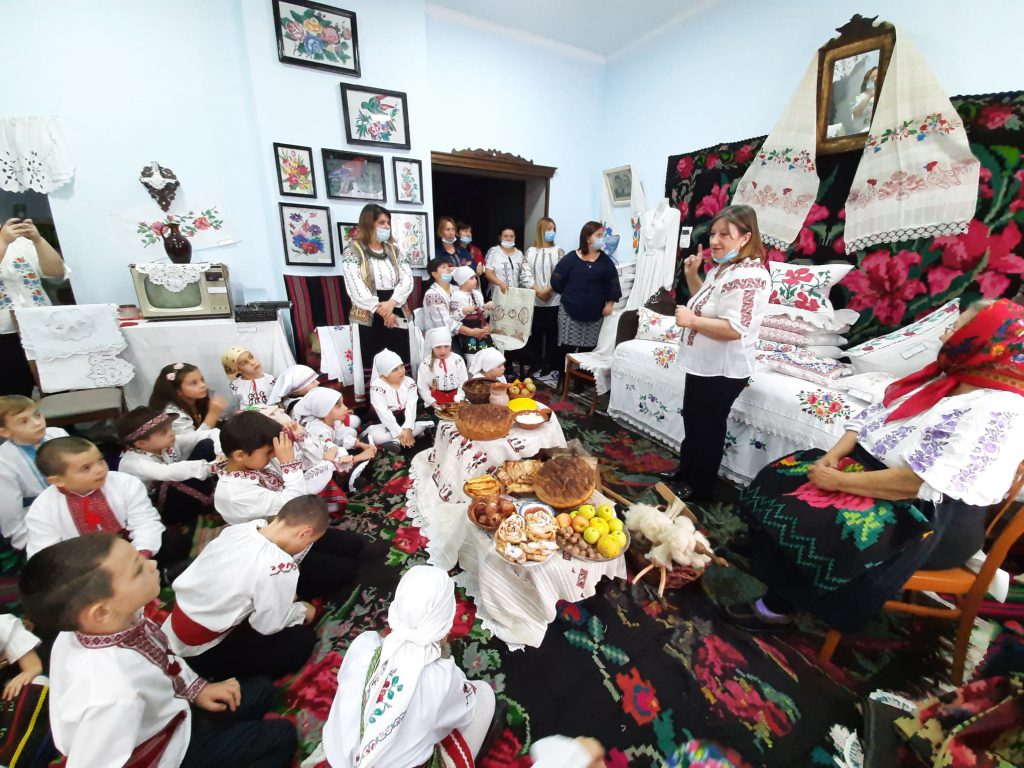
History Museum of the village of Slobozia Mare
The History Museum of Slobozia Mare is a small, but very beautiful museum with 11,000 exhibits. In fact, it wasn’t always a museum. During the Second World War, the Village Hall and the Border Guard Unit Headquarters were in this building. After the war, there was a hospital for typhus and dystrophy patients in it, then a school, and it was legitimized…
Event detailsOld Church of the Shroud of Mother of God
In Cahul, there is an old church of the Shroud of Mother of God. The Lipovans, old-believers, have built in Cahul a place of worship. The church was built of red brick and it has coloured stained glass windows and metal doors. It also had a cell and a library that were not preserved. The bell tower has crumbled and the original…
Event details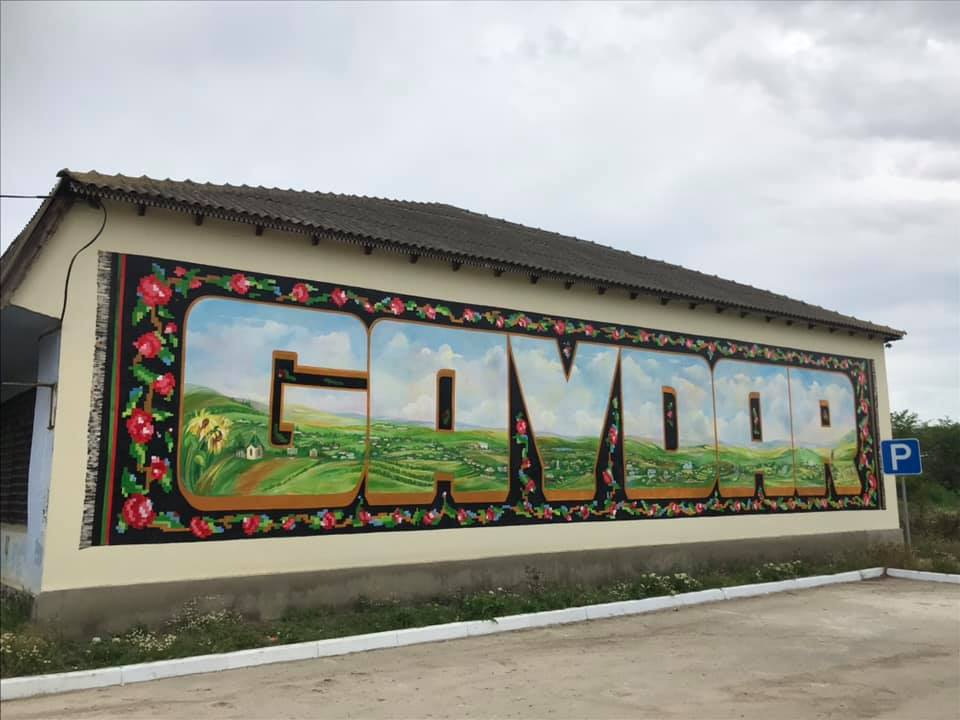
Living Carpet Museum
In the village of Beshalma, there is a Living Carpet Museum. The handmade carpets created following 150-year-long traditions are the pride of the village. Besides the history of this craft that can discovered during a visit to the museum, the visitors can learn about all the stages of making a carpet. The aim of the museum is to preserve the inherited ancestral…
Event details
Gagauz National Museum of History and Ethnography
The Gagauz National Museum of History and Ethnography presents unique exhibits of Gagauz national costume, traditional women’s jewelry, work tools, household items and ethnography of Gagauz peasants from the 19th century. You will also learn about the traditions and customs of the Gagauz people and get acquainted with their wedding customs. In fact, the Gagauz are the only Christian Orthodox people of…
Event details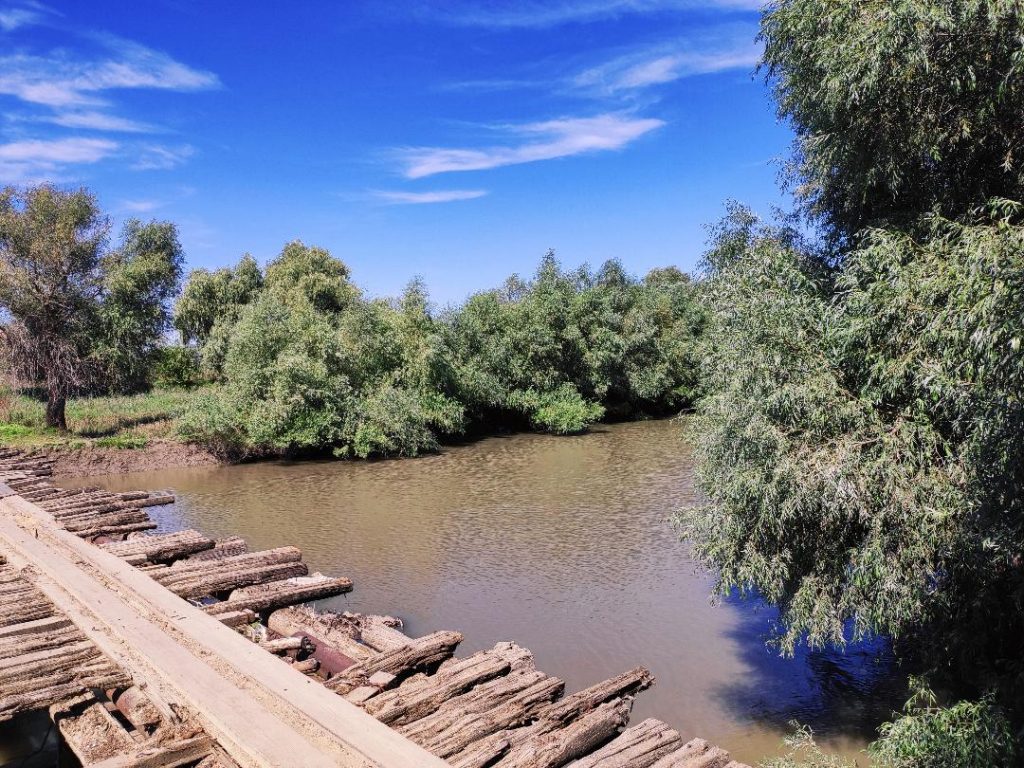
Petru Rareș’s Road
Văleni village Legend has it that, before ascending the Chair of the Land of Moldova, Petru Rareș, son of Ștefan cel Mare, would have lived a quiet life as a fisherman around Văleni. “Petru Rareș’s Road” is a route that winds for a distance of 9 km among the thickets of reeds, willows and legends, connecting with the other bank of the…
Event details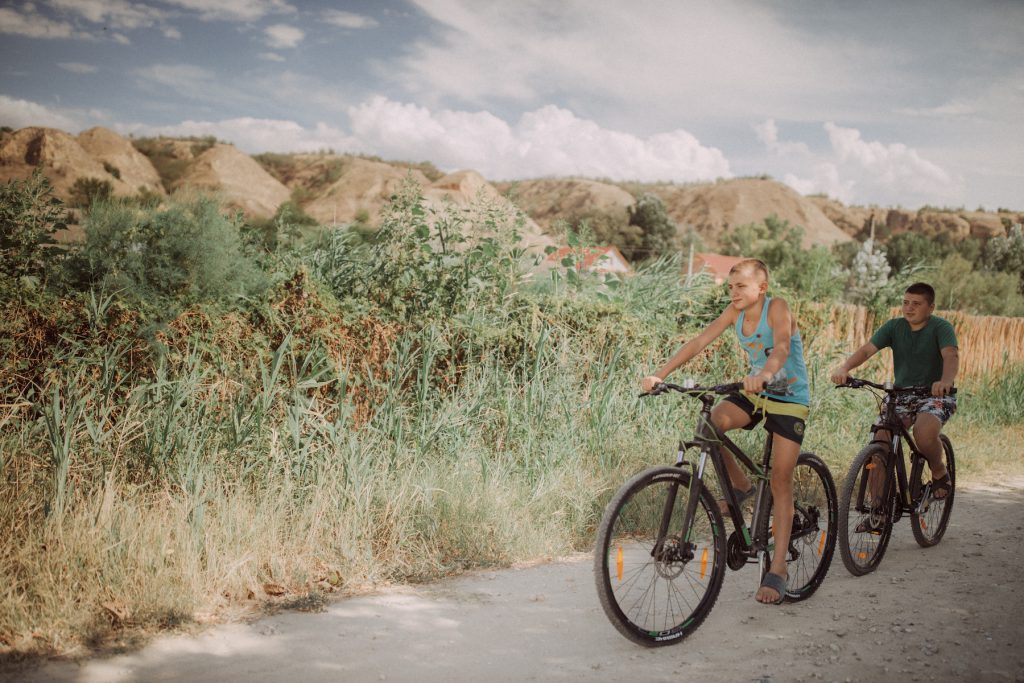
Colinele de Aur, Văleni village
At 30 kilometers from the city of Cahul there is a chain of hills that the locals called “Colinele de aur” (“Golden Hills”) due to the reddish-yellow hue of the clay that came to the surface. These attracted the attention of several researchers who discovered geological and paleontological vestiges here that testify to the past of the places. Skeletal remains of mastodons,…
Event detailsGiurgiulesti’s
Giurgiulesti is Moldova’s southernmost village, so it would make sense that its inhabitants have no use for the cold. Lending truth to that assumption are the village’s colorful traditions about chasing away winter and ushering in spring. The day before the Christmas fasting season starts, villagers gather at the community’s biggest intersection, light a bonfire and jump over it, shouting, “Uliliga!” —…
Event details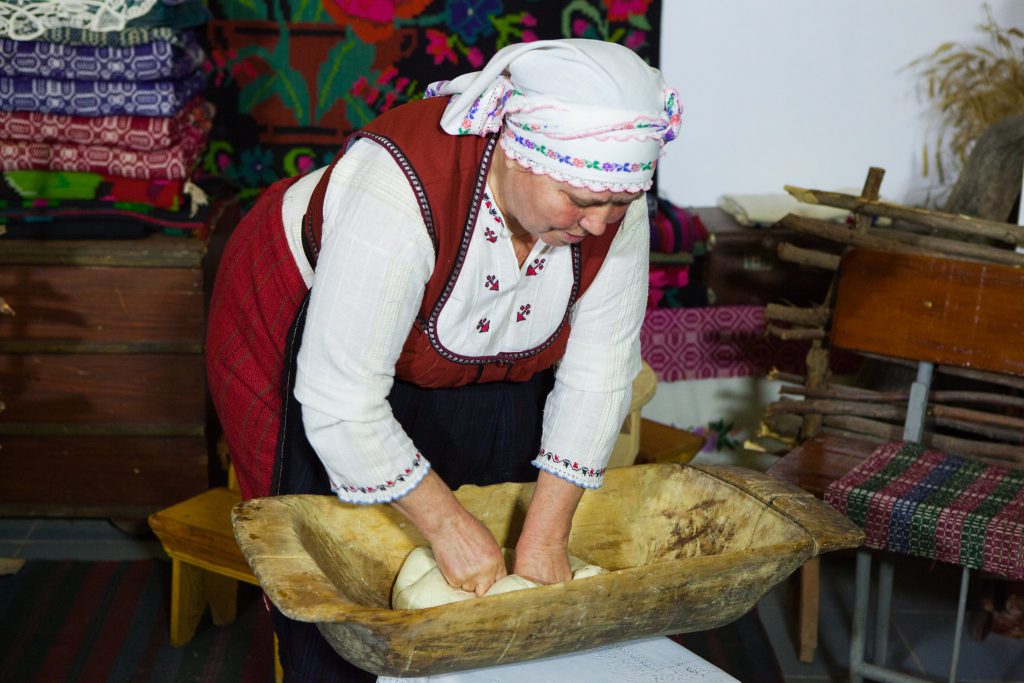
Bread Museum
Moldova’s traditional bread says a lot about our culinary habits and holiday rituals. A good place to learn the ins and outs of bread is Valeni village, home of the Bread Museum. Your schooling will include which types of festive breads are served on various holidays, and what rituals each type pertains to. Among the festive breads are bagels, hoopoe, pigeons, 12…
Event details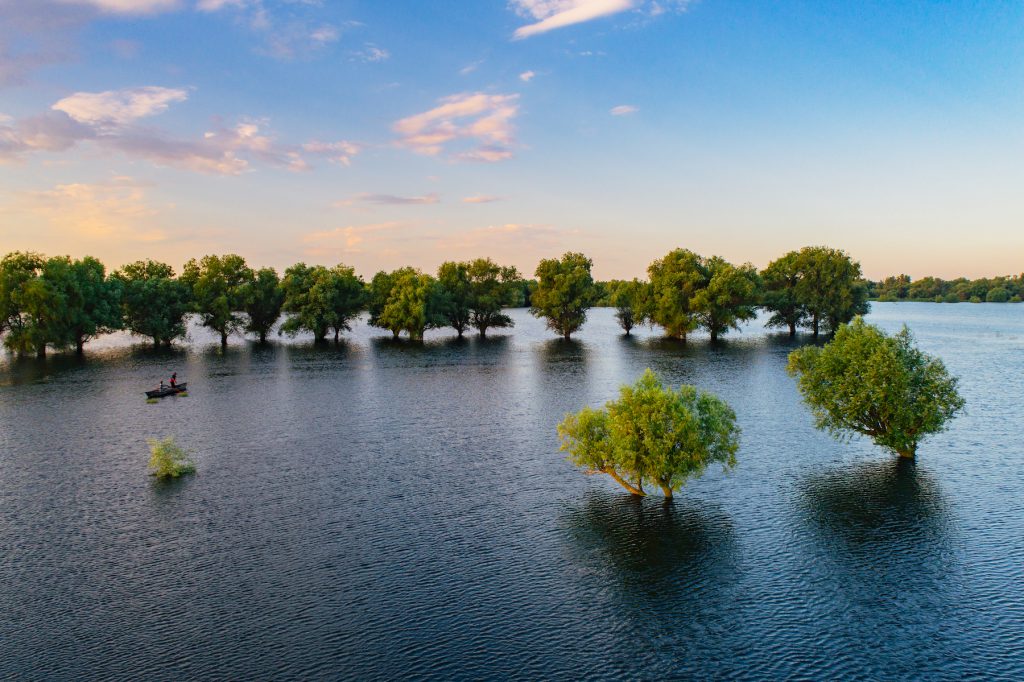
Lake Beleu
Beleu, Moldova’s largest lake, is on UNESCO’s list of global habitats that should be preserved for their biodiversity. Part of the Prutul de Jos reserve in southern Moldova’s Cahul district, the lake is at its most captivating when its white and yellow water lilies are flourishing. You can see them up close on a boat ride, which you can line up at…
Event details